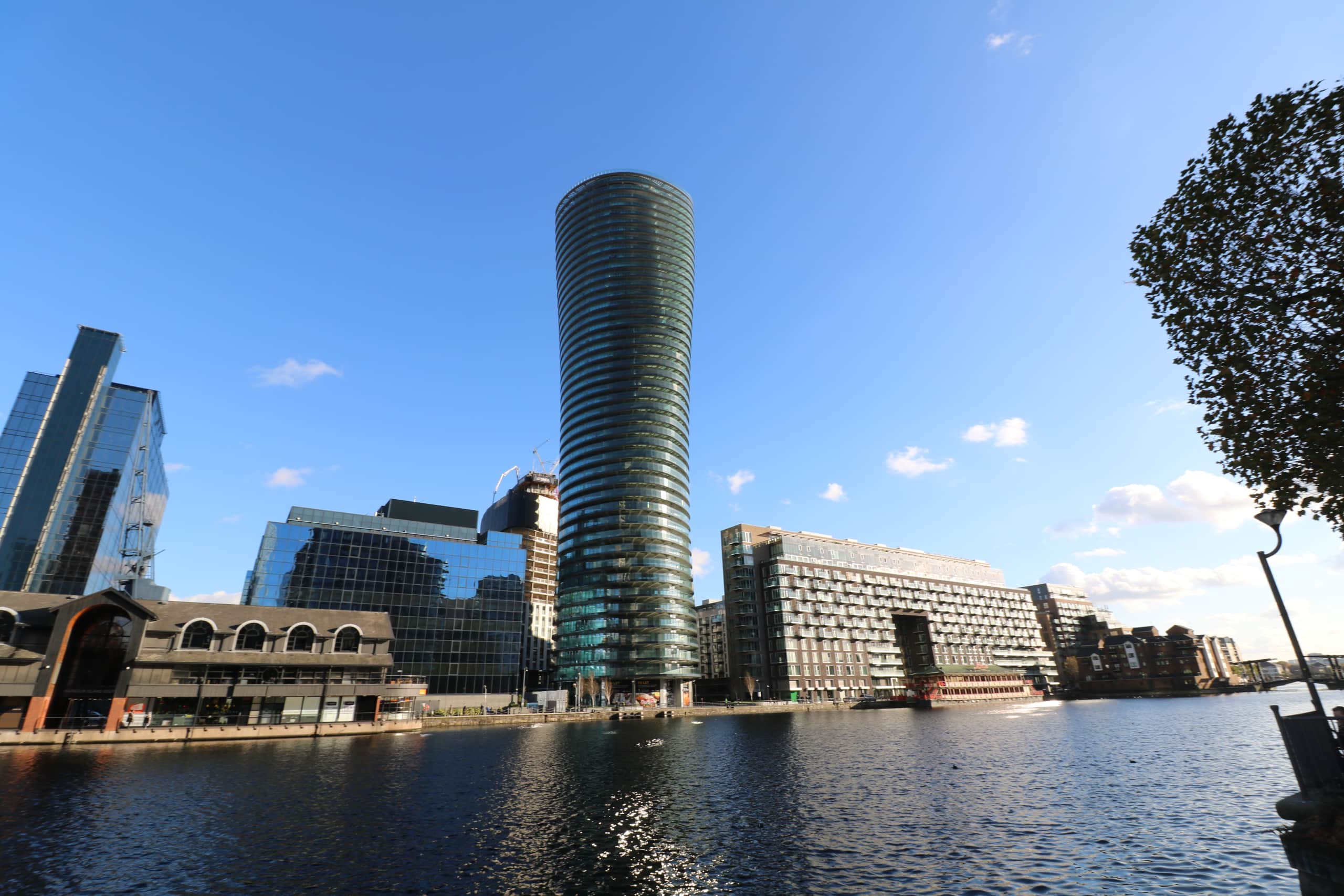Drainage and BS8579
The new standard for balcony design, BS8579, was introduced in August of 2020. While the guidance is not mandatory, it clears up differences between balconies and terraces, open and enclosed balconies and provides direction on designing for fire, accessibility, and drainage solutions.
Balcony Drainage
Before the BS8579 was introduced, a lack of BS/EN standards meant that The National House Building Council (NHBC) was often quoted for balcony drainage. The NHBC provides guidance (section 7.2.22) on pitched roofs, stating that any balcony with a floor area of 6m2 or over should have drainage provided as standard. However, this guidance also states that consideration should be given to drainage for smaller balconies and these balconies should not have a finished fall of less than 1:80. Furthermore, an overflow outlet should be provided either through parapet walls or perimeter upstands to prevent flooding in the event of a blocked outlet.
To prevent water build-up, the decking installed on the balcony should sit at least 50mm above the threshold of the water collection point.
Summarily, efficient, effective, and elegant balcony drainage must prevent the accumulation of water. The stagnation of water can promote poor sanitation and damage the structure of the building. BS8579, the new standard, advises designers to incorporate some form of controlled drainage so water does not enter the building.
Accessible Balcony Threshold
British Standards require that pre-manufactured balconies should have a low kerb of 25mm at a minimum below the underside of the door sill to act as an overflow.
Sapphire Balconies have been at the forefront of balcony drainage solutions in recent years, with our Glide-On™ Cassette® balconies all complete with positive edge draining, requiring no piping at any point in the installation or maintenance of the balcony. Please note that Andrew Parsons, Technical Director at Sapphire Balconies, is a part of the committee which contributed to the BS8579 standard.
Piped drainage Vs Controlled Draining
The right drainage solution for a balcony can depend heavily on the method in which it was manufactured. An aluminium balcony and a concrete balcony have different requirements to drain effectively, efficiently, and elegantly.
For concrete balconies, rear piped drainage is the ideal solution. As concrete does not allow water to pass through into a soffit, drainage from higher in the base is needed. Rear pipe drainage manages the water flow, taking it to a gutter at the rear end of the balcony, and flowing it down into a rainwater pipe. It should be further noted that as per British Standards, piping must be implemented if the balcony projection is over 2.5m from the façade.
Alternatively, a balcony can use controlled edge drainage. Controlled draining balconies manage the flow of water and flow it towards the front edge of the balcony. The water is dispersed evenly along the front edges of the fascia and drips off through small gaps at the edge of the soffits. There is a misconception that controlled edge drainage will increase the accumulation of water at ground level. Adding balconies with controlled edge draining means the same amount of water being drained but less water flowing down the façade to the ground. The same amount of ground-level drainage will suffice as the water is being controllably dispersed.
With controlled drainage, there are two notable considerations. Firstly, ground-level drainage must be considered. Any water drained from a balcony must be further drained from ground level and not allowed to stagnate. Secondly, any water drained from over the entrance of a building must be drained to avoid becoming a nuisance to pedestrians.
Each solution can be particularly effective if used correctly and with the correct design considerations in place, following the new BS8579 standard can be simple. For more information and to understand the difference between piped and controlled edge draining, please consider watching the video below:
